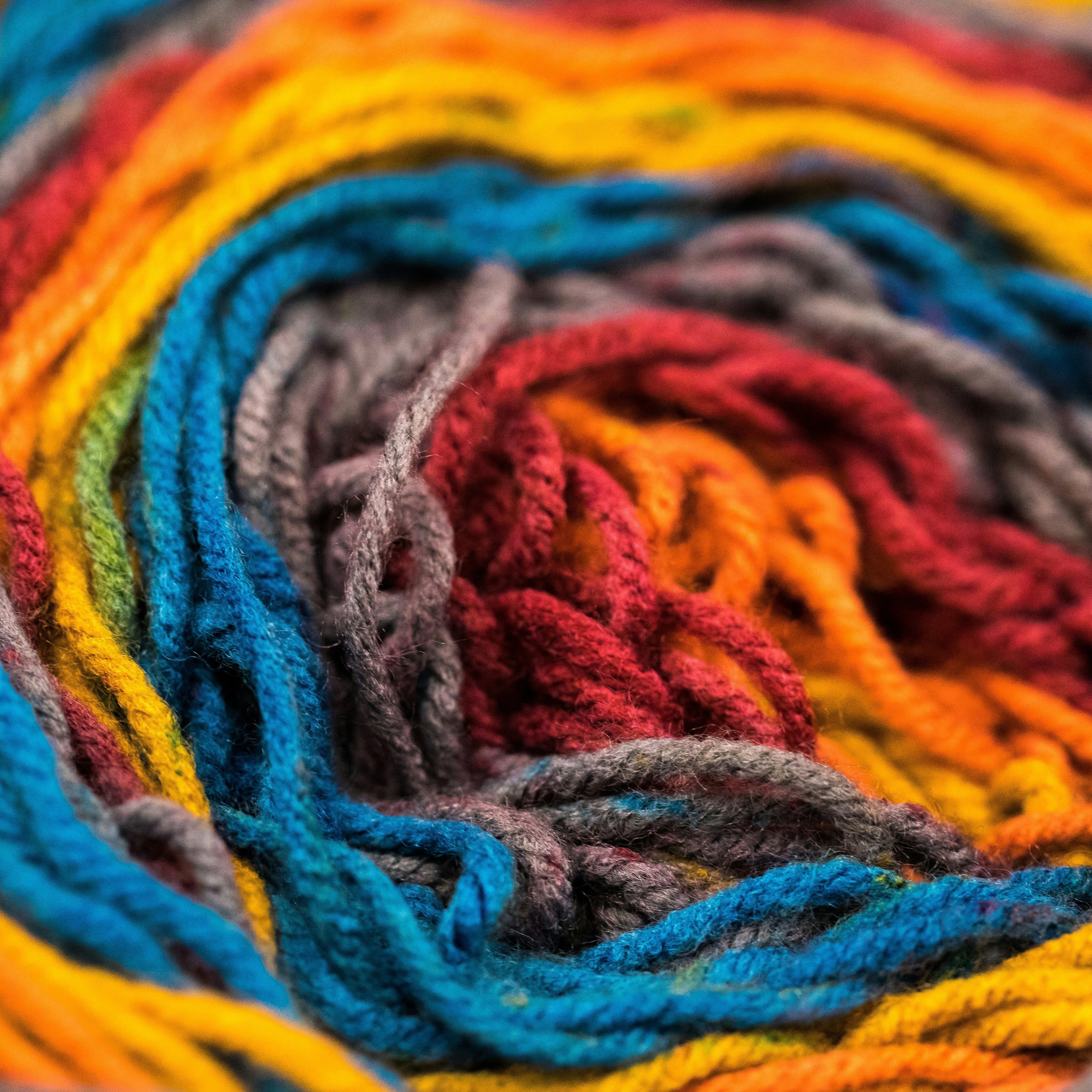In this series, we’ve traced the journey of microplastic fibers from their creation in factories and their shedding in our homes, to their final resting place in the deepest oceans and our own farm soil. We’ve seen how this pollution is systemic, pervasive, and permanent. But what if those aren't the only places this pollution is being found?
Now, we must confront the final, most personal part of this story. What happens when this pollution stops being "out there" in the environment and starts being "in here," inside our bodies?
This is the 'why' behind FearKnot. We looked at this data and came to a simple conclusion: this is totally unacceptable. The idea that the materials we trust against our skin could be harming our health and our planet is a fundamental failure, and one we refuse to accept. This knowledge is the compass for our mission. It consistently drives us to do better, to seek out safer materials, and to prove that a company built on integrity and accountability can create a better path forward. And instead of allowing a 1 trillion dollar industry to pin the burden on the consumer, local municipalities and governments, or the environment, we believe we can be part of a broader change in the industry. One that hopefully ushers in an era of caring for everything and everyone around us.
A Daily, Invisible Exposure
As we learned in part three of this series, our indoor environments can be reservoirs for microplastics shed from our clothes. This means our exposure isn't just a distant problem or solely tied to the food we eat, it's a daily, intimate one. We are inhaling these particles with every breath we take. We are ingesting them through our food and our water. From the draining of the washer to cleaning the dryer lint, our own laundry rooms are ground zero for microplastic pollution.
The Evidence Within Us
For years, many assumed these particles would simply pass through our digestive systems. But recent, groundbreaking research has confirmed a much more alarming reality. Scientists have now identified microplastics deep within human lung tissue, a direct consequence of airborne fiber inhalation. Even more recently, studies have confirmed the presence of these same plastic particles in human blood.
This proves the particles are small enough to be absorbed and can travel through our bloodstream. In fact, emerging research has now found them lodged in the human placenta, the heart, and even on the far side of the blood-brain barrier.
But the physical particle is only part of the danger. Scientists are now investigating the "Trojan Horse" effect. These new studies are looking into how plastic particles may absorb toxic chemical pollutants from the environment and carry them into our bodies. The concern is that this combined physical and chemical irritation can trigger chronic inflammation, a root cause of many serious health conditions.
The Tipping Point of Knowledge
This information is alarming and it’s natural to feel overwhelmed. But this is not a story of doom. It is a story of discovery. This is all new research, and with this new knowledge comes immense power. This is the catalyst for a fundamental shift.
We are the first generation to truly understand the full lifecycle of the materials we use. We are finally seeing the consequences of a world built on cheap, disposable plastics. This knowledge also illuminates the solution. Natural fibers like wool, cotton, linen, silk, and more come from the same biological systems we do. Unlike persistent plastics, these fibers are biocompatible and can be safely broken down by natural processes. By choosing materials that harmlessly return to the earth, we can break this cycle of pollution and protect our health.
And with this understanding, the change has already begun. We see a new consciousness emerging, and it's turning away from the synthetic and returning to nature. This is not the end of the story, it's a tipping point that will finally force a change, and it starts with each of us.
A FearKnot Principle: What we put on our bodies can end up in our bodies. Choosing natural, non-polluting materials is no longer just an environmental act; it is a profound act of self-care.
Photo by Jason Leung on Unsplash
